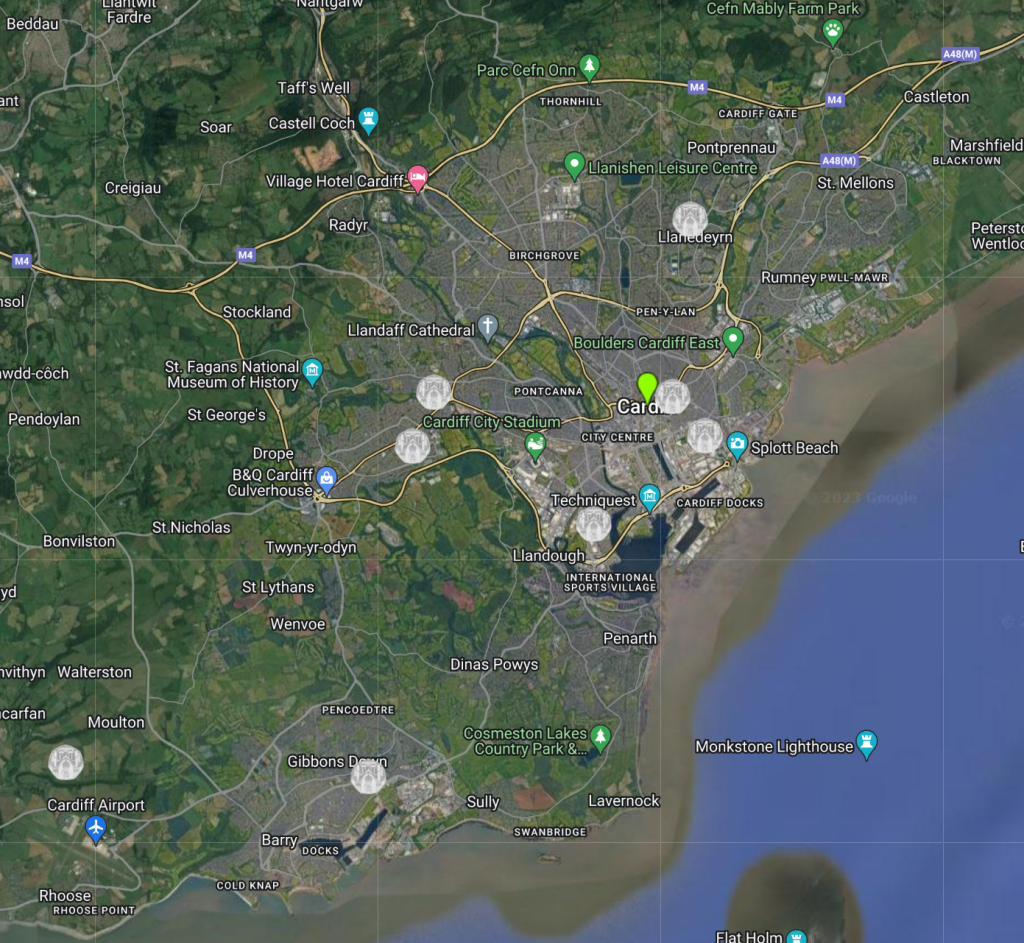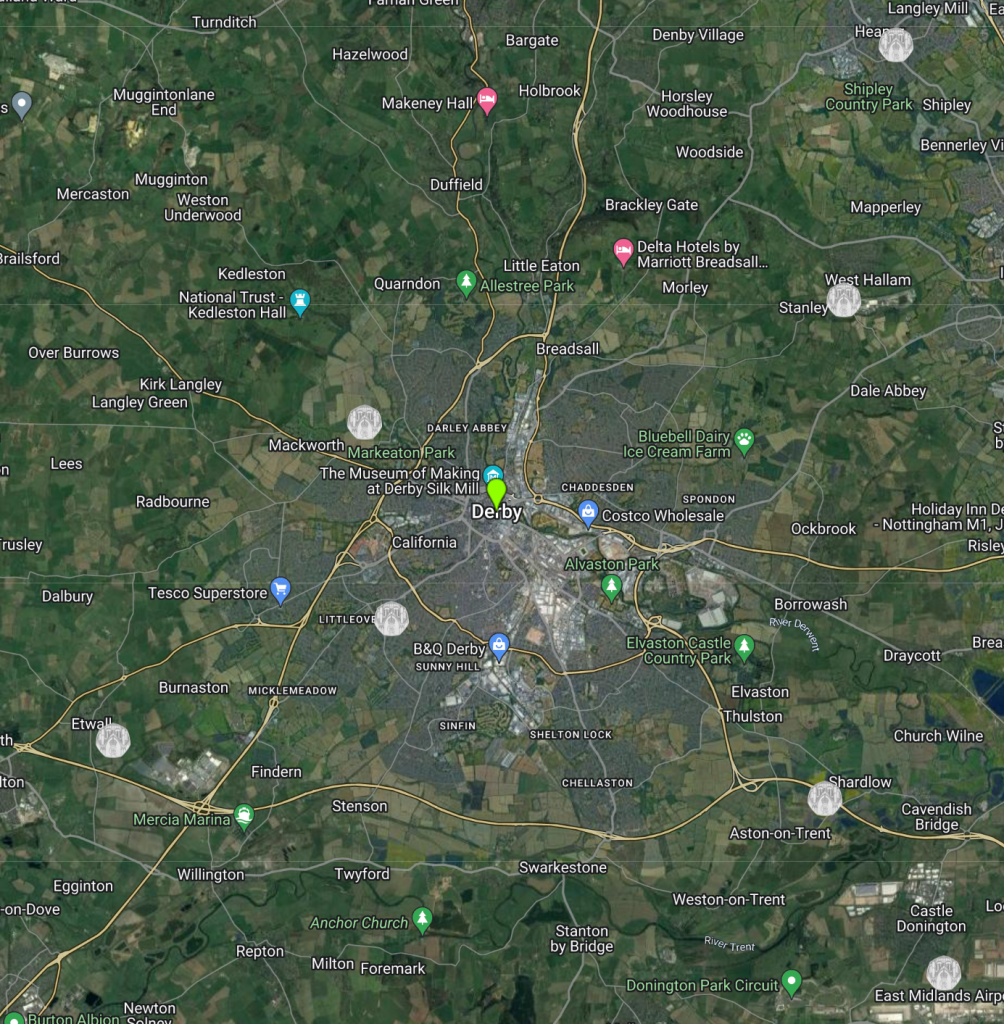UK coins
2023 Change Checker Awards NOW OPEN!
We’re delighted to announce the 2023 Change Checker Awards, in association with All About Coins, are now OPEN!
The Change Checker Awards give collectors the chance to look back at all of the fantastic issues of the year whilst celebrating the very best coin collectors out there.
We’re looking for the 2023 Change Checker of the Year and the 2023 Junior Change Checker of the year and we need your help!
Watch our video below, or continue reading to find out how to enter…
Change Checker and Junior Change Checker of the Year
Nominations are now closed
The victorious Change Checker and Junior Change Checker of the Year will be announced on Friday 8th December.
They’ll each win an exclusive Change Checker Trophy, a bundle of goodies worth £50, AND a year’s subscription to Coin Collector magazine.
UK Coin Design of the Year

To celebrate a fantastic year of UK coins, we also asked you to vote for your favourite coin design from 2023.
Voting is now closed – your favourite coin design will be revealed in our YouTube video on 8th December!
Get your hands on the 2023 Annual Set!
Secure the 2023 UK Annual Coin Set for just £42.99 (+p&p) >>
Where can you find the UK Coronation 50ps and how much are they worth?
On 10th August 2023, 5 million UK King Charles III Coronation 50ps entered circulation. Collectors were keen to get their hands on one, with many trying to get them directly from banks and post offices, and some hoping to find one in their change.
We wanted to know where the Coronation 50ps were being found, so we opened our collector map to track them up and down the country. In just over two months, nearly 550 collectors input their postcode to let us know where they found the Coronation 50p, so let’s take a look at where in the UK you’re most likely to find one…
Where can you find the UK Coronation 50ps?
We’ve gathered the data from our collector map, and we can reveal the 5 places you’re most likely to find a Coronation 50p in your change are…
5. Leicester
2.5% of Coronation 50ps were found in Leicester.

4. Norwich
2.6% of Coronation 50ps were found in Norwich.

3. Cardiff
2.8% of Coronation 50ps were found in Cardiff.

2. Derby
2.9% of Coronation 50ps were found in Derby.

1. Birmingham
5.1% of Coronation 50ps were found in Birmingham.

You can view the full collector map here to check how many Coronation 50ps have been found in your area.
How much is the UK Coronation 50p worth?
A common question we get is ‘how much is the Coronation 50p worth?’. Many factors determine the value of a coin, but ultimately it depends on what someone is prepared to pay for it.
We’ve used our eBay Tracker formula to work out how much a circulation Coronation 50p might be worth. As you can see, they are selling on the secondary market for around £2.79, which is a 458% increase from the face value.

So now you know where in the UK you have the highest chance of finding a Coronation 50p in your change, and how much you could expect to pay for one on the secondary market.
Owners of the Coronation 50p also own a small piece of history as it’s the first ever UK Coronation 50p to be issued. If you haven’t had any luck finding the Coronation 50p in your change, you can secure the crowned collectors version in Brilliant Uncirculated quality for just £4.99 (+£2.99 postage) here >>
What’s next for UK coinage?
It’s all change for UK coinage, as we’ve been treated to eight brand new designs that will feature on our everyday coinage! These new UK coins represent British wildlife and conservation, a passion of King Charles III.
Find out more about the UK’s New Coinage here or to secure the complete New UK Coinage set for your collection, click here >>
Vote for your favourite New UK Coin design!
Out of the 8 brand new coins that will make up the UK’s New Coinage, we wanted to know which design is your favourite!
The results are in!
We asked for Change Checkers to vote for their favourite design from the New UK Coinage, and over 700 of you voted!
The results are in:

As you can see, the Bee £1 was the clear winner, with a whopping 37.67% of the vote!
The Red Squirrel 2p came in second place with 14% of the vote, just edging in front of the Atlantic Salmon 50p and the Puffin 20p which both had 12% of the vote.
Don’t forget you can add the complete set of New UK Coins to your collection in superior Brilliant Uncirculated quality for just £32.50 (+p&p) >>
Secure the UK’s New Coinage for your collection
Find out more about these exciting new coins and secure yours here >>







